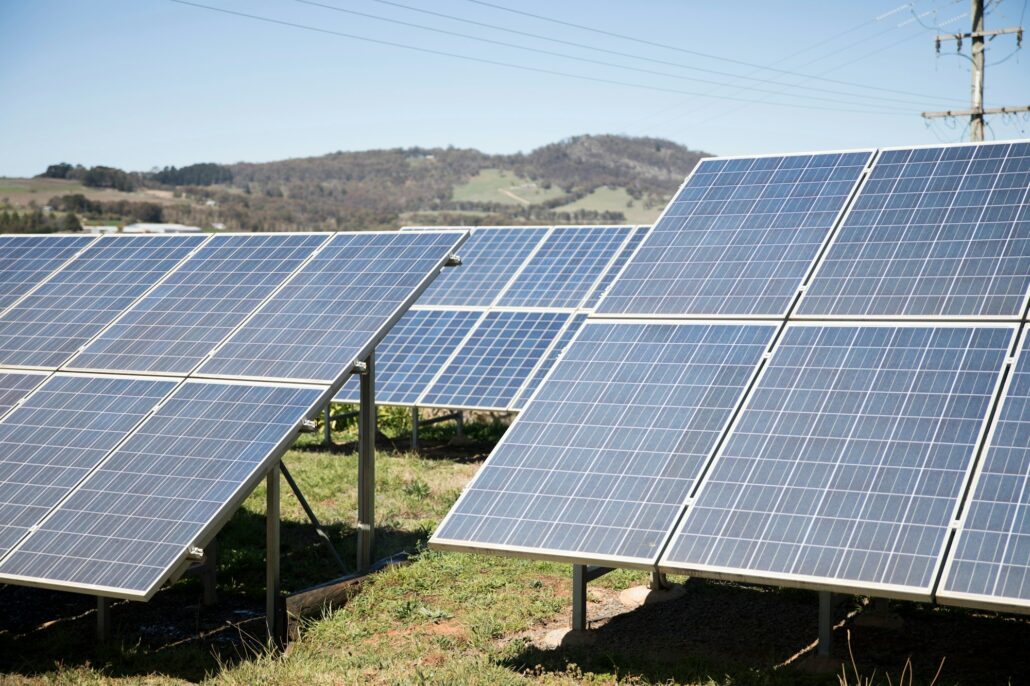Transitioning to solar energy is a significant step towards sustainability and reducing electricity bills. However, choosing the right solar panel system for your home can be a daunting task given the variety of options available.
Here’s a comprehensive guide to help you make an informed decision.
The first step in choosing a solar panel system is understanding your household’s energy consumption. Review your past utility bills to determine your average monthly electricity usage in kilowatt-hours (kWh). This will give you a baseline for the size of the solar system you need.
Also, consider any future changes that might increase your energy needs, such as new appliances or an electric vehicle.
Not every home is ideal for solar panels. Conduct an assessment of your property’s solar potential by considering factors like:

There are three main types of solar panels, each with its own advantages and disadvantages:
Single and 3-phase inverters convert the direct current (DC) produced by solar panels into alternating current (AC) used by your home. There are three types:

Ensure that the panels and inverters come with robust warranties. A standard warranty for solar panels is 25 years, while inverters typically have a 10-15 year warranty. Certifications from organizations like the North American Board of Certified Energy Practitioners (NABCEP) indicate that the installer meets high professional standards.
Choosing a reputable installer is crucial for the efficiency and longevity of your solar panel system. Look for companies like Gurr Brothers Energy who have:
A good installer will also help you navigate permits, inspections, and utility interconnections. By taking these factors into account, you ensure a successful transition to solar energy, maximizing both environmental and financial benefits!
Author: Hunter S.
Give Gurr Brothers Energy a call today and let’s start powering your life with sunshine!